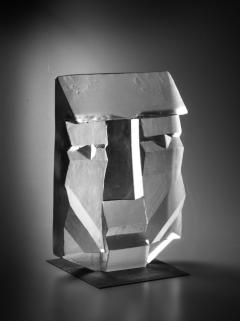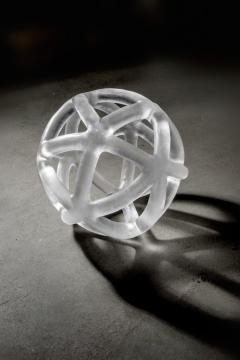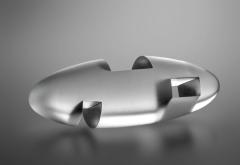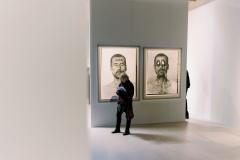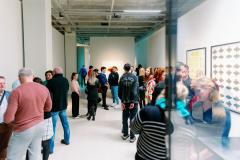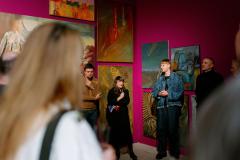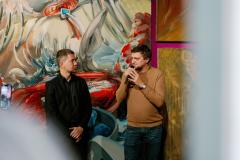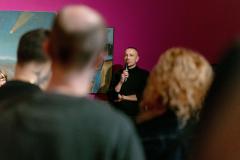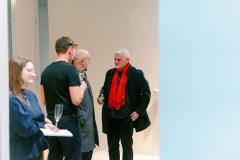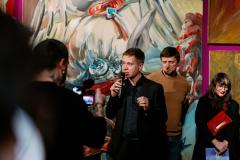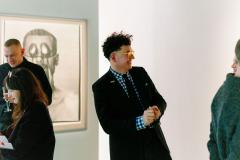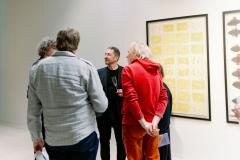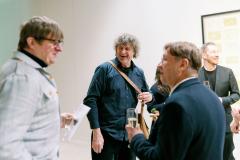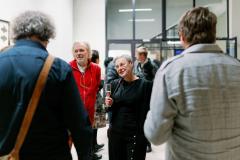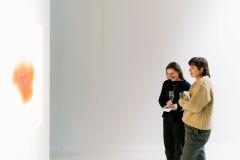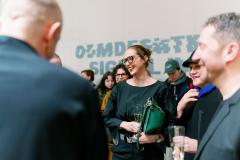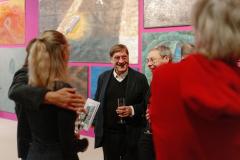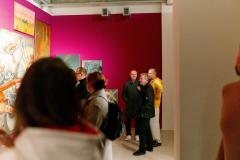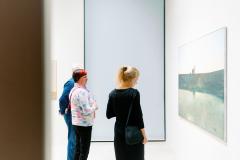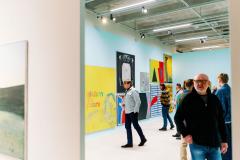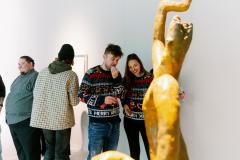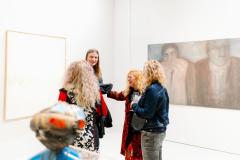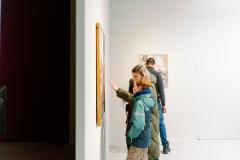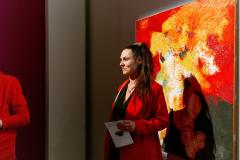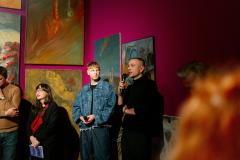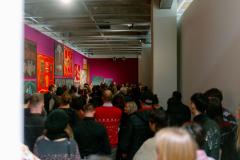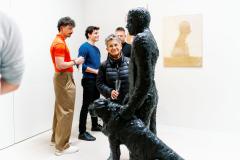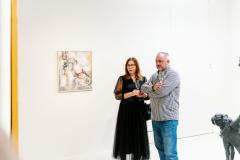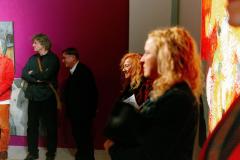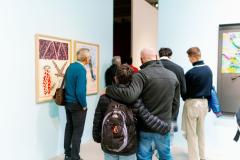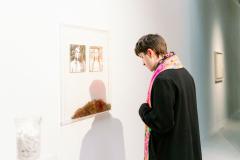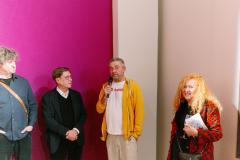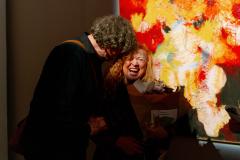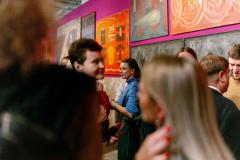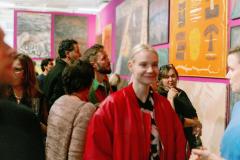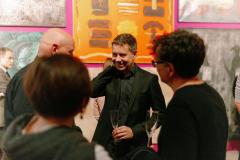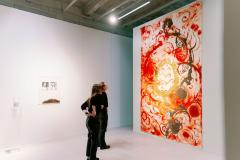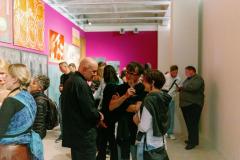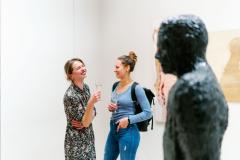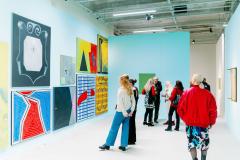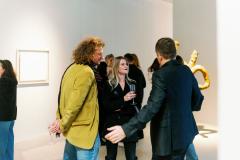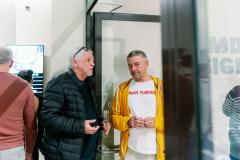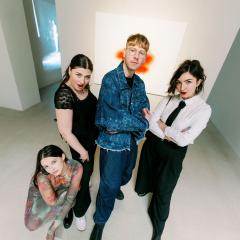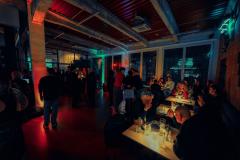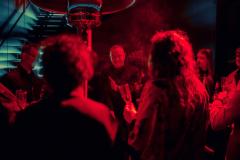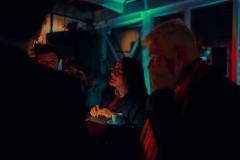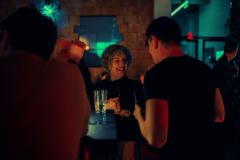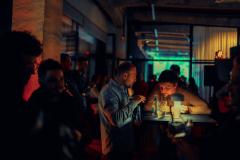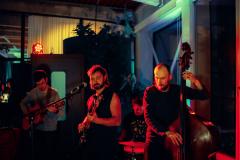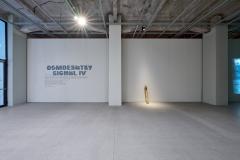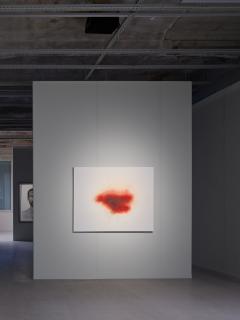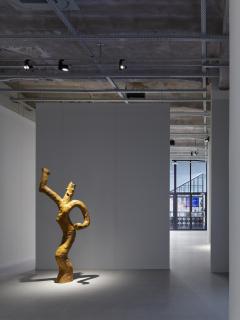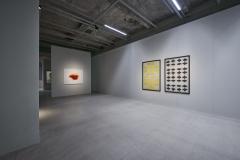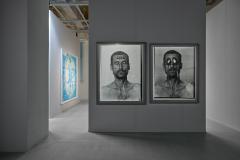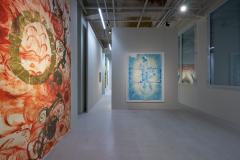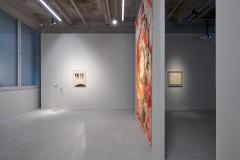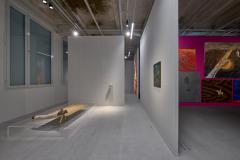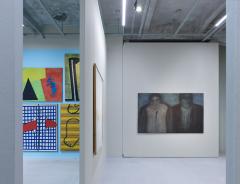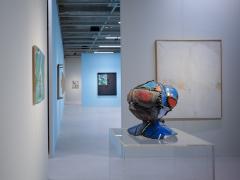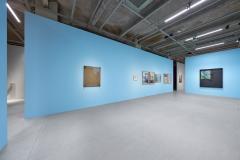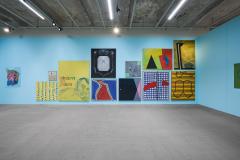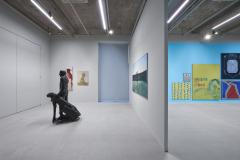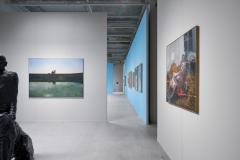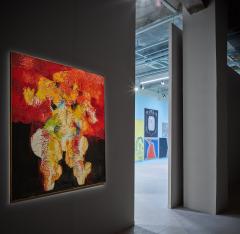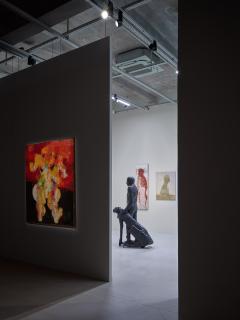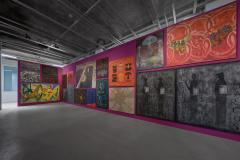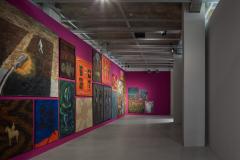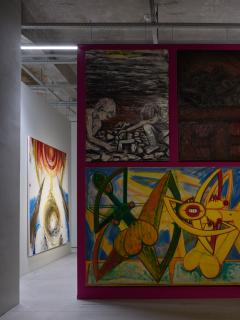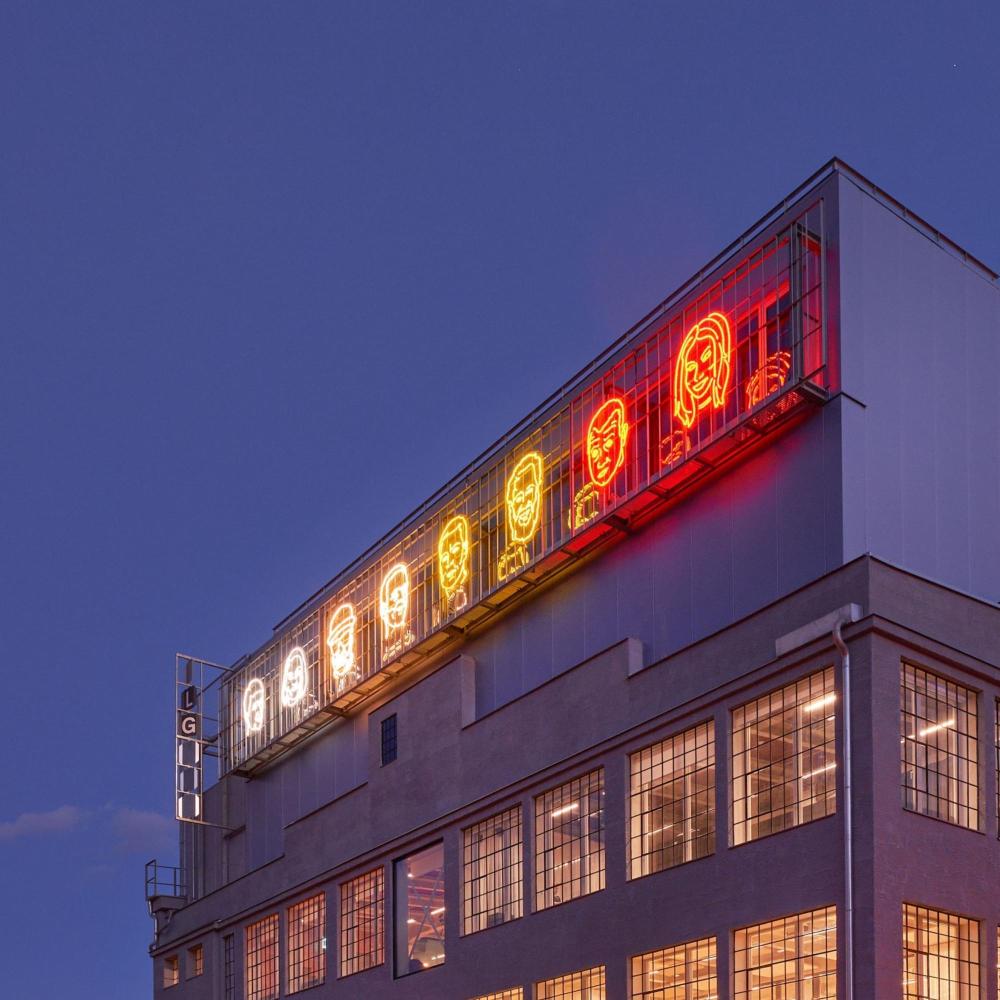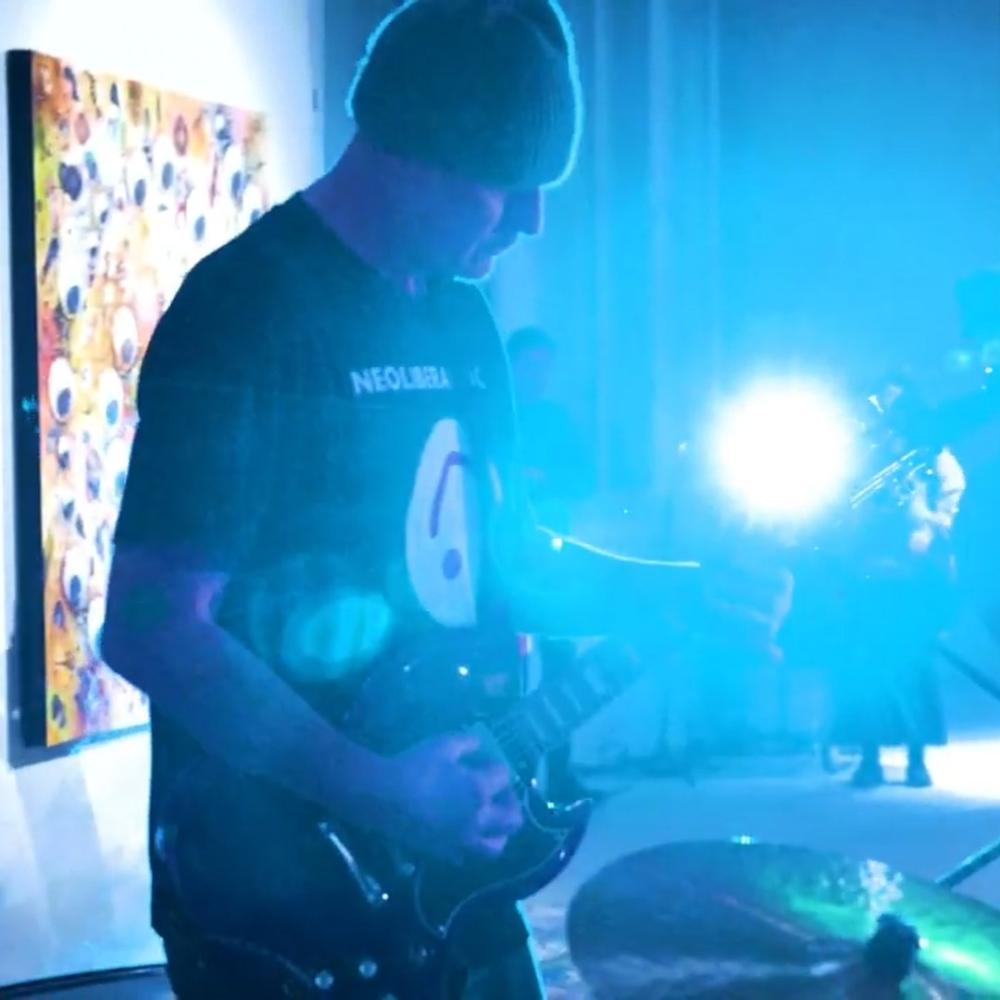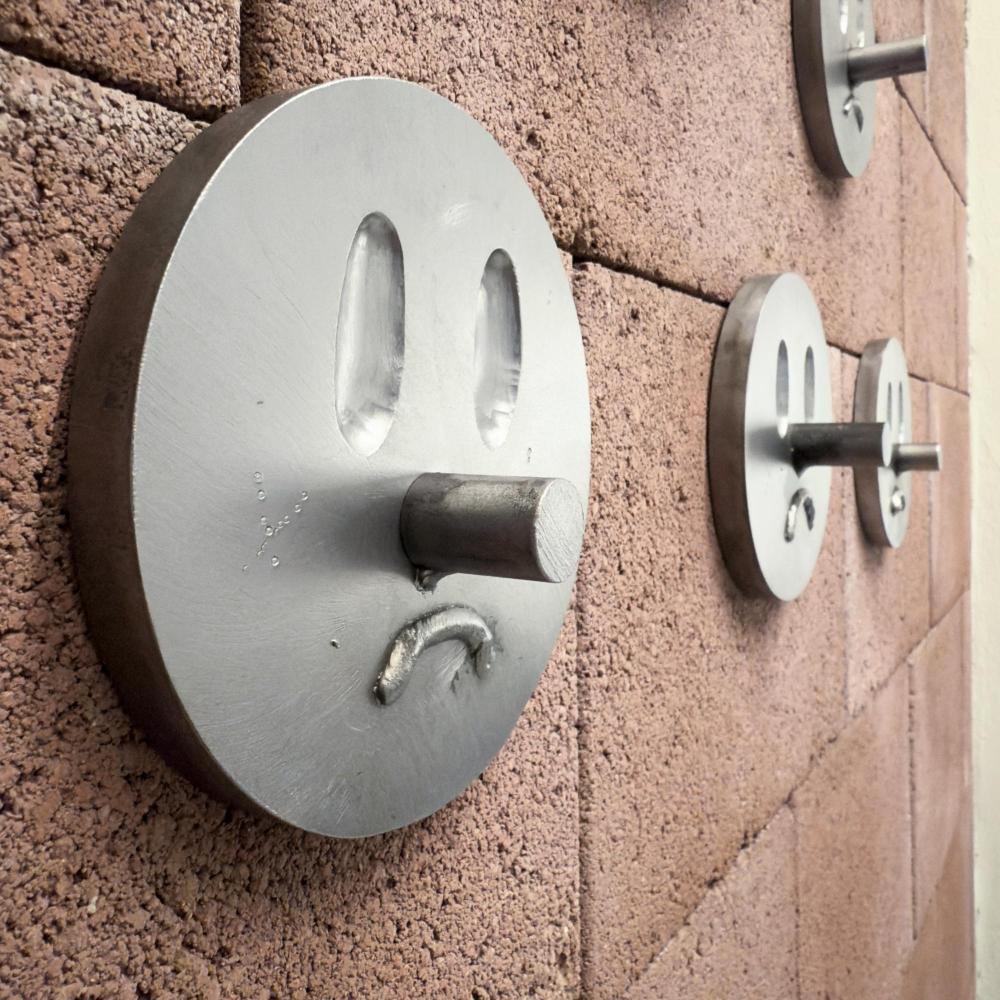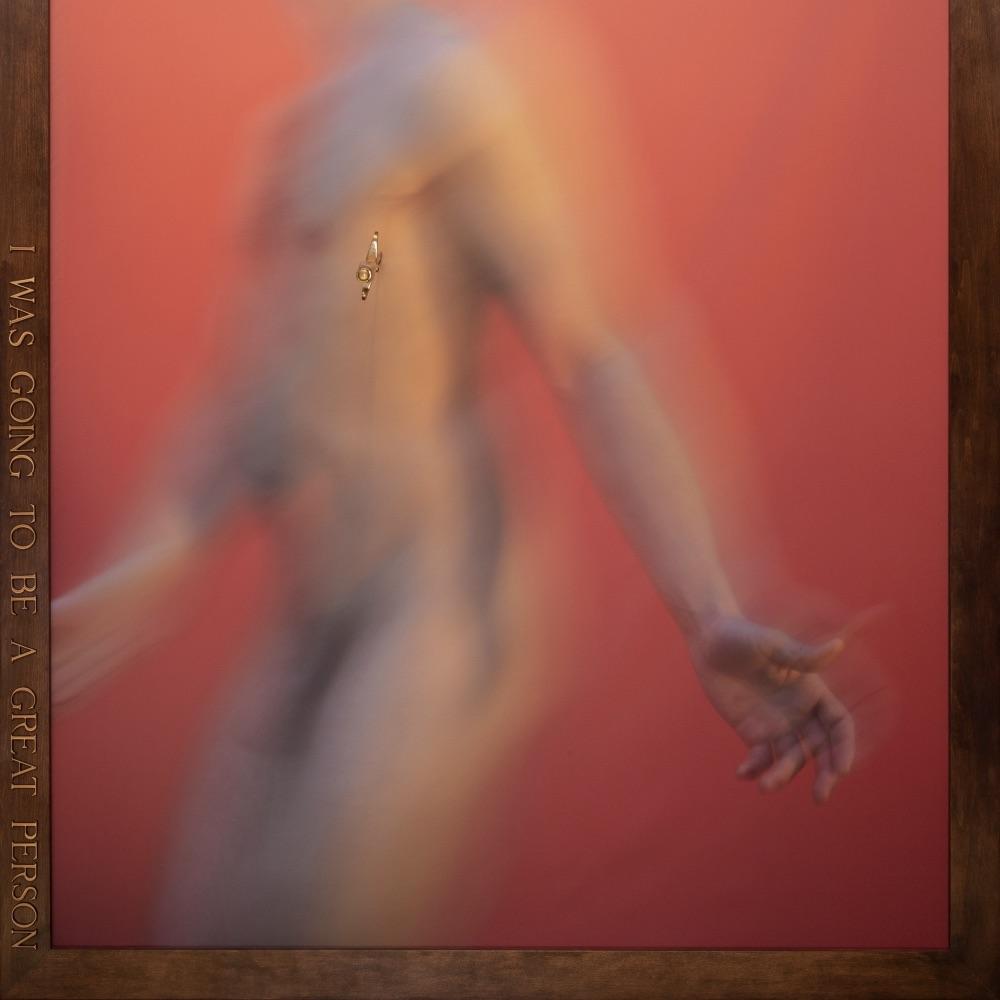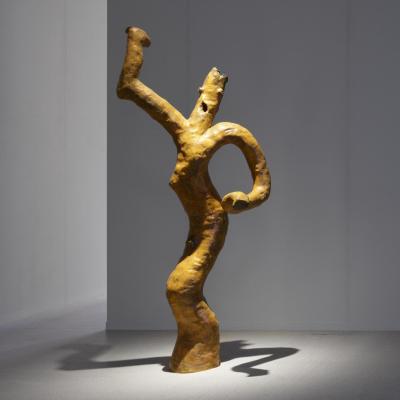
The exhibition Eighties: Signal IV, which you can visit at the Telegraph Gallery until March 20, maps the artistic expressions of the 1980s. At that time, the most important artistic acts took place outside the official scene. The visual language of selected artists responded to social pressures and global impulses, and formed new mindset to the medium of image, object and performance. Through articles on specific works and artists, we also want to bring closer the atmosphere and cultural context of this time.
Čestmír Suška (*1952) is one of the most important Czech sculptors who have managed to enrich contemporary art with an original approach to working with materials and space. His work, characterised by a combination of craftsmanship precision and deep conceptual overlap, oscillates between monumental installations in public space and more intimate sculptural realisations. Outside of sculpture, he has worked as a director and curator. Suška first studied at the Secondary General School of Education, then continued at the Secondary Vocational School of Art in Prague. After graduating from the Academy of Fine Arts in Prague (1974-1980), under the guidance of sculptor Jiří Bradáček, Suška became a member of the legendary artistic group Tvrdohlaví, which significantly shaped the Czech art scene of the 1980s and 1990s. Former members are still among the most prominent representatives of the Czech art scene today (Jiří David, Petr Nikl, František Skála, Michal Gabriel, Zdeněk Lhotský, Stanislav Diviš, Stefan Milkov, Jaroslav Róna, Václav Marhoul). In 1980 he bought a house in Malechov to allow young artists to create freely and organized unofficial exhibitions, installations and concerts there. In May 1981, he held a legendary exhibition of sculptures in public space under the title Malostranské dvorky, which featured such artists as the sculptor Magdalena Jetelová and Kurt Gebauer. The exhibition was also mentioned by Jindřich Chalupecký in his essay Not Art Anymore. However, the exhibition was closed by the police.
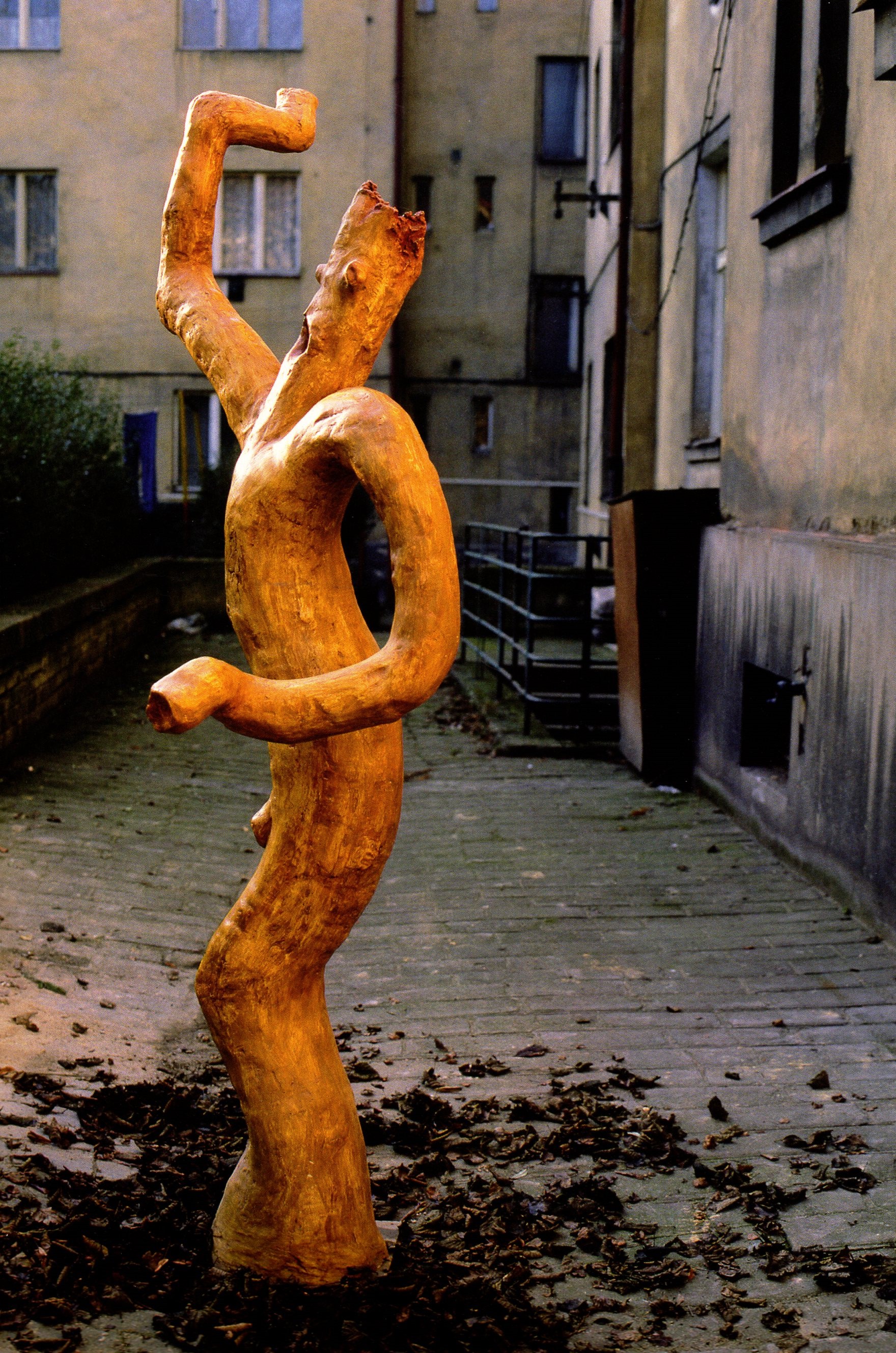
His activities in the early 1980s were very diverse, but from the beginning he sought an environmental approach in art. The work Lone Dancer from 1987 is one of the iconic examples of Sushko's early "figurative" work - although Sushko worked with figures, he did so without facial elements or personality traits. The laminate cast of the original plaster sculpture, over two metres high, depicts an anthropomorphic figure in dynamic movement, whose body and gesture express the tension between static and movement. The figure, with its highly stylized body features, seems to dance in place, evoking a sense of solitude, introspection, but also inviting the viewer to interact with the work. The surface of the sculpture, left in its natural hue, reveals the artist's intention to work with the material in its raw form, emphasizing the connection between the material and the energy it emanates from the work. Lone Dancer is not only a significant point at the beginning of Sušek's artistic journey, but also a testament to his ability to create works that invite deep reflection on human existence and man's relationship to space. In the work, one can find echoes of Sušek's later interest in interactivity and light, which became key elements of his monumental steel objects.
Jiří Olič states that Lone Dancer benefited from the aesthetics of the so-called "solitary dancer". Lonesome, the work of amateur artists who found their works in nature, in a tangle of bizarrely twisted roots or grotesque trunks, resembling human or animal figures, objects and sometimes entire scenes. Suška himself also mentions the work: 'The first major sculpture-self-portrait was "The Lonely Dancer", inspired by the fact that me, Jarda Róna and Franta Skálá were dragging through Prague at night, and when someone discovered a lamp, we felt sorry for it, because it was standing there so lonely and we danced around it. When "The Lonely Dancer" was exhibited at the first exhibition of the Hardheads in the People's House, Franta Skala's father, who considered himself an expert on the forest, got very angry because he didn't recognize that the tree was made of plaster." (Jiří Olič, Čestmír Suška, 2012, pp. 65-66)
Suška's sculptures naturally combine architectural and natural elements and work sensitively with light, mass and the aesthetics of industrial and natural materials. His inquisitive and innovative approach to his work was evident in the exhibition Light in the Sculpture, which featured his glass objects in Prague's Kuzebauch Gallery. Sušek's realisations can also be found in public space - for example, a knitted lookout tower in the courtyard of the Karlin barracks in Prague, installations at the Lemberk Granary or a sculpture in front of the Nová Karolina shopping centre in Ostrava.
The Lonely Dancer sculpture was also on display at the Signal III exhibition.

